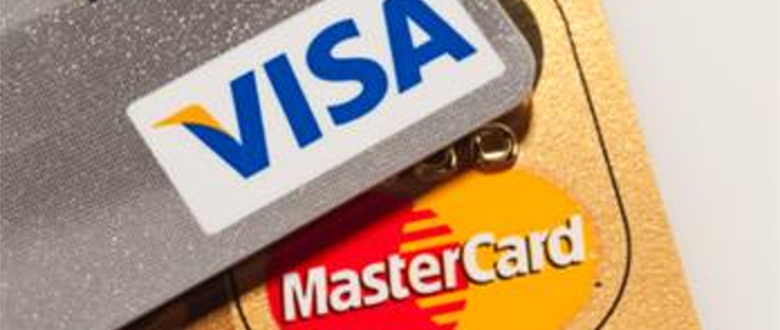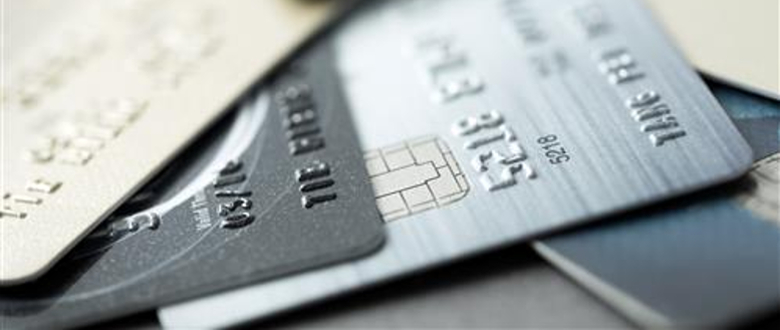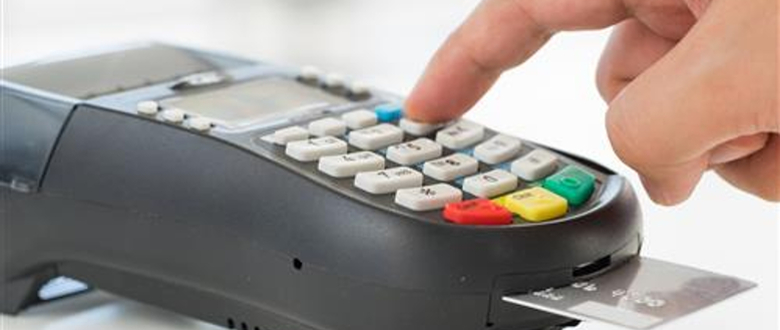What To Know About EMV
Now that the deadline for merchants and financial institutions to implement EMV technology has come and passed, many businesses and consumers are getting their first experience with new chip-enabled payment cards. As cashiers and customers become more accustomed to using EMV terminals at the point-of-sale rather than swiping a magnetic stripe, the marketplace in the United States is gradually becoming safer in terms of strong transactional security and data protection. However, there are still a number of questions surrounding EMV and the process that takes place when a customer dips his or her card into a terminal and enters a PIN or signs for the transaction.
Customers want to know what happens to their payment information during an EMV transaction, as well as the benefits to using EMV chip cards rather than the magnetic stripe ones they are used to. With the number of EMV-card-present transactions climbing globally each year, according to EMVCo, it is also important for merchants to understand what the EMV liability shift means for their business and how the EMV process works as a whole. As a result, merchants will learn more about upgrading payment terminals, and increasing customer acquisition and revenue. Here are a few common questions about EMV.
What are the benefits of EMV cards?
EMV cards provide more security for transactions compared to payment cards with magnetic stripes. This is due to the fact that all of the information needed to process a transaction, such as a card’s account number and encryption key, is stored in a chip in the card. These chips are impossible for fraudsters to duplicate, and they require additional authentication in order to unlock, such as a PIN or signature.
The result is a reduction in payment card fraud due to lost, stolen, and counterfeit cards. EMV cards significantly cut down on the methods that criminals can use to clone card information and make fraudulent purchases. Unlike magnetic stripes, which are easy to copy and reproduce, EMV cards give an added layer of security and peace of mind for consumers, while also giving confidence to merchants that they are working with legitimate buyers.
In addition, since EMV technology is already in place around the world, consumers are able to use their new chip-enabled cards wherever they go. According to the Smart Card Alliance, 80 countries globally are in various stages of EMV chip migration. EMV card readers support traditional contact payments, as well as contactless and mobile payments that allow a variety of customers to quickly and conveniently make payments in a store.

Why do EMV transactions take longer?
One concern that merchants and customers share is related to the length of time it takes for credit and debit card transactions to process. Although it was not long ago that the common practice was to use manual imprint machines to run credit cards as payment, transaction speeds have greatly improved over the years. For many merchants and customers, speed is essential. Not only is a speedy transaction valued as a customer service tool for businesses, but a slow transaction can make customers feel as though there is something wrong with their card or that their data is being stolen.
It is important to know that EMV transactions may take a few seconds longer than magnetic stripe card transactions. This happens for two main reasons. First, rather than swiping a card quickly through a reader, customers must dip it into the terminal and leave it there. This process alone results in more time taken from start to finish. Secondly, these transactions take longer because there is two-way communication between the chip in the card and the EMV terminals. This is necessary for the encrypted information contained in the chip to be authenticated by the terminal without exposing that data to hackers or devices designed to intercept it.

What exactly does it do while it processes?
As previously mentioned, the switch to EMV payment technology has a lot of merchants and customers wondering just what is taking place while a transaction processes. Chip payments help increase security, and it is important to understand how this happens. When an EMV card is inserted into a terminal, there are three main processes that take place: card authentication, cardholder verification, and transaction authorization.
- Authentication – An EMV card must be authenticated in order for the transaction to continue. When a card is inserted into an EMV reader, it is validated by the reader and processer using a dynamic cryptogram. The technology is used to keep fraudulent cards from being used. In addition, each transaction has a unique set of data related to it, which means that, if the data is captured by an outside agent, it cannot be used to initiate a new transaction.
- Verification – The next step is verification that the person using the EMV card is legitimate. This involves having the customer input a PIN or sign for the purchase. This step cuts down on fraud by making it so criminals cannot simply clone a card or use one that someone lost. The verification step also protects merchants under the EMV liability shift regulations, because it allows them to do their due diligence in the fight against fraud.
- Authorization – Once the first two steps are complete, the transaction can be authorized. The payment terminal sends details to the card issuer, along with the transaction-specific cryptogram created. The issuer then either processes or declines the transaction.
The measures taken during EMV transactions may take a few extra seconds to complete, but they also help increase security.

Do I have to upgrade my equipment to accept EMV?
Without updated equipment that accepts EMV cards, your business is liable for fraudulent transactions made over your network. The EMV liability shift puts responsibilities on the merchant’s shoulders, rather than the issuing bank, if the merchant does not have updated equipment needed to securely process EMV transactions. In order to improve customer service levels and protect payment data, it is important to ensure that your terminals are upgraded, even if they’ve been purchased within the last few years.
Upgrading your terminals is easy. Your merchant services account provider can work with you to determine your exact needs based on the size of your business, the amount of registers in use, and whether or not you need a mobile solution.

Why do I need to accept EMV cards?
As you may know, merchants that do not have chip-enabled payment terminals in place are now liable financially if fraud occurs as a result. If your machines are not able to accept EMV cards, your business will be on the hook when a fraudster swipes a cloned card or steals transaction information from your network. Accepting EMV cards enhances security, limits risk, and brings your business in line with most merchants around the world.
In addition to protecting your business from the financial ramifications of fraud, accepting EMV cards also makes things easier on your customers. In fact, by lowering the barriers for potential customers and accepting a variety of payment types, your business is in a better position when it comes to acquisition. With billions of chip cards in use around the world, it is important to make sure that you can be there to make sales when customers are ready to buy. Without EMV terminals in place, you are turning away potential profit, which more likely than not will end up going to a competitor.

How does EMV work with Internet purchases?
Although it is not currently in use for online purchases in the United States, EMV technology has the potential for merchants and card issuers to increase authentication accuracy over the Internet through the use of specialized devices. In card-not-present situations consumers insert their card into a handheld device that then displays a one-time password. When completing an online purchase, the buyer will enter the password, which is then verified by the card issuer before the transaction is completed.
In the U.S., however, these handheld readers are not yet in use. Businesses can add additional security by working with identity verification companies, which will help them establish the identity of a user and alert the business if any red flags arise during a transaction. Learn more about how EMV works with Internet purchases by calling one of the experts at Leap Payments.
Save time shopping around for the best merchant service provider!
Call Leap Payments at (800) 993-6300 Today!
No Contracts Required, The Lowest Rates, No Hidden Fees, and Much More!



